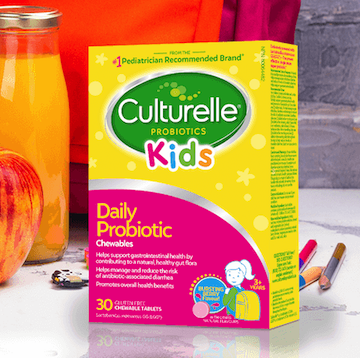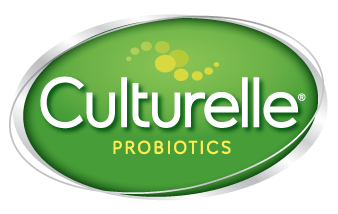Lactobacillus rhamnosus GG: Clinical Support in Adults

Lactobacillus rhamnosus GG: the ideal probiotic for adults
Lactobacillus rhamnosus GG has been proven to have digestive and immune benefits in multiple clinical trials1-5
Strong enough to survive stomach acids and form a barrier against non-beneficial bacteria, while colonizing in the intestines, Lactobacillus rhamnosus GG is clinically proven to foster the growth of additional beneficial bacteria. Delivering both digestive and immune benefits, Lactobacillus rhamnosus GG is a human derived probiotic strain and is well-established to be both safe and effective in adults.6-15
Though still emerging, early studies indicate promising connections between Lactobacillus rhamnosus GG and other medical benefits. Findings suggest promising development of new strategies for:
- Management of cystic fibrosis, diabetes, and psychiatric disorders.
- Anti-inflammatory effects in the elderly.16
- Management of comorbid behavioral disorders with IBS, including anxiety and depression.17
- Capacity to produce neuroactive compounds that regulate cognitive function, behavior patterns, social interaction, and stress management.17









